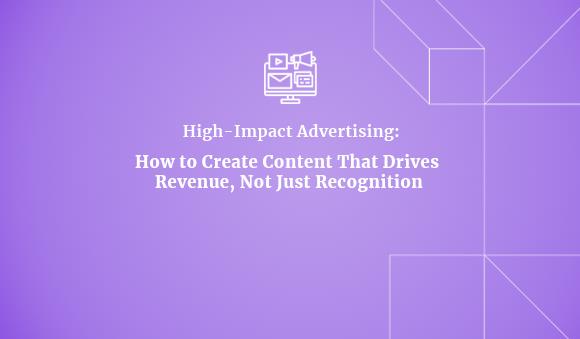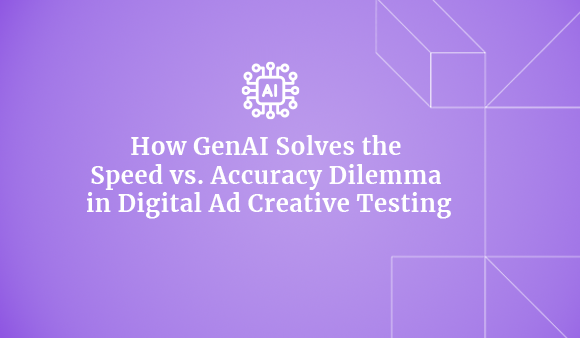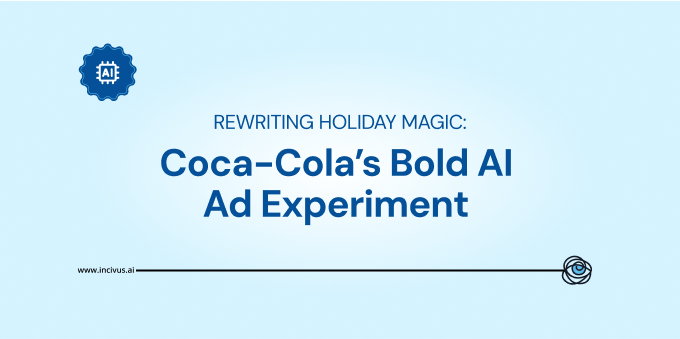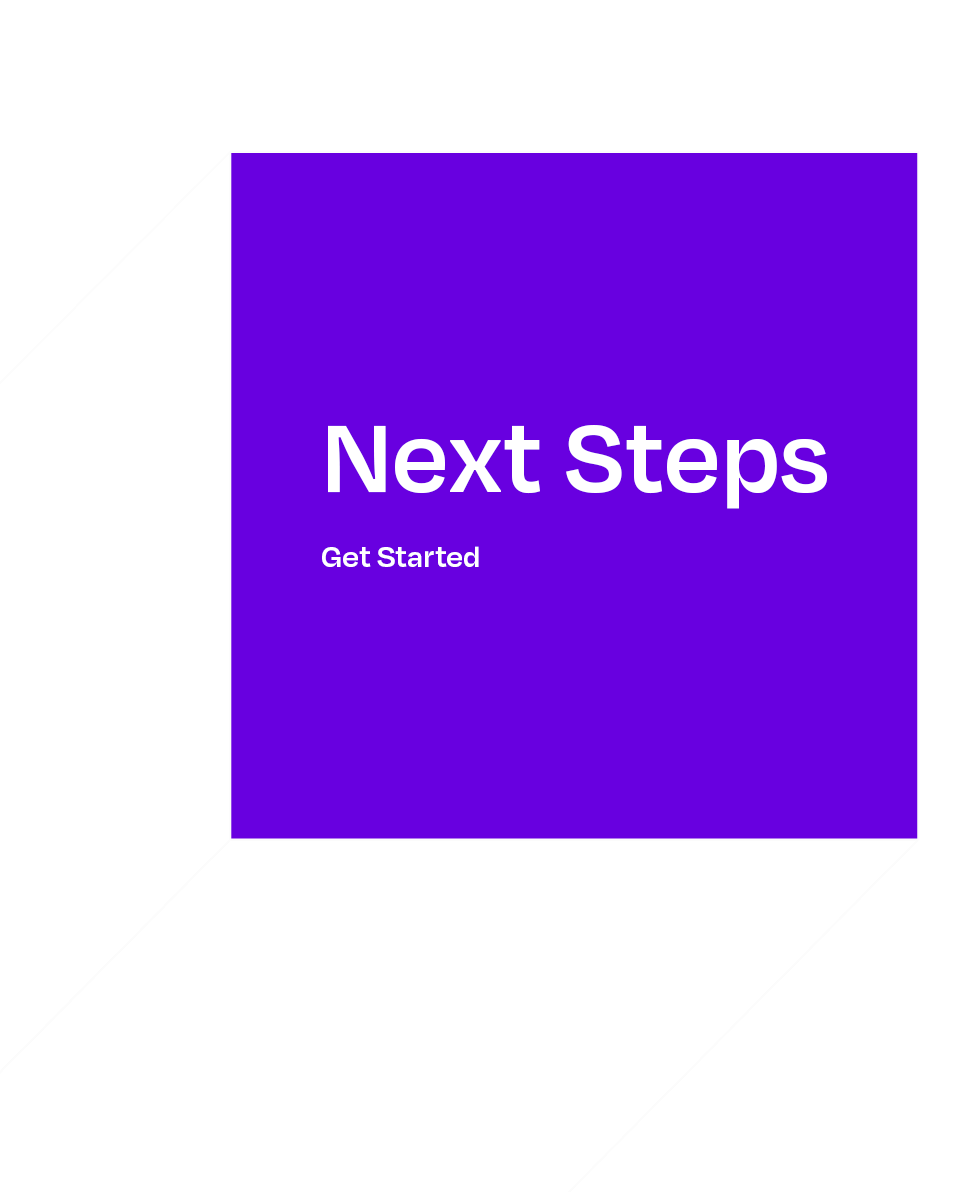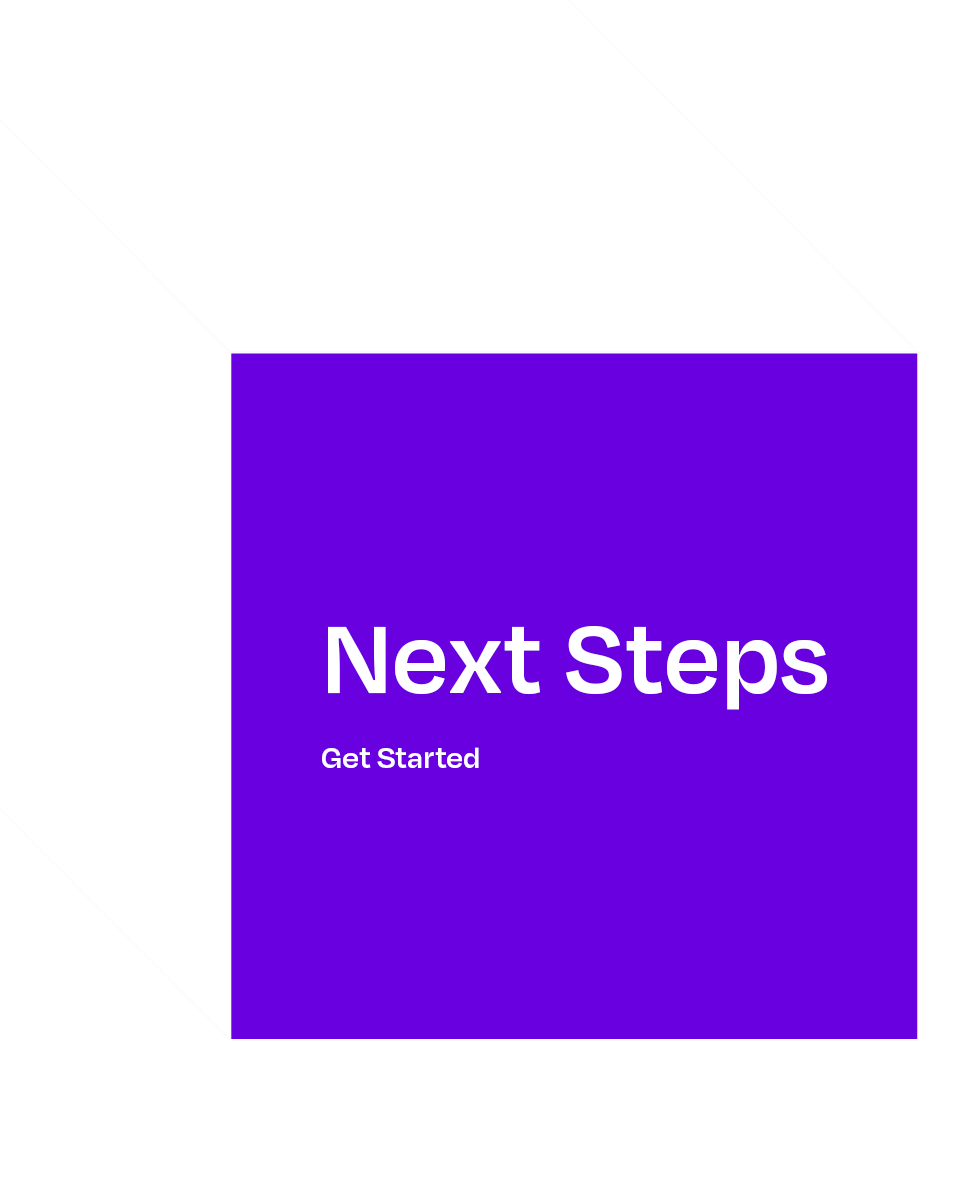Our lives are defined by emotions; it is a powerful force that transcends beyond rationality. It is only natural that marketers and creatives leverage emotional advertising. Emotional advertising is known to form a connection between brands and their products with the audience. We as consumers would like to believe that our purchase decisions are rational and requires cognitive thinking, but studies show that our gut reaction to an advertisement predisposes us; the consumer, to make decisions on par with the brand’s motives.
Advertisers are known to reel in emotions to create an impact on the consumer which will make the ad memorable and therefore affect their purchase decisions. Emotional advertisements are said to make twice as many conversions when compared to a more ‘rational’ or ‘factual’ advert. Moreover, advertisements that leave a positive and joyous impact on the consumer are shared more amongst the audience to spread more positivity. This use of storytelling in ads can trigger the release of oxytocin aka the ‘love’ hormone. Marketers use this hormone in their ads to form a strong bond between the consumer and the product/brand.
One or too many emotions!
According to a recent study, advertisements that take the consumer on an emotional rollercoaster which is a mix of positive and negative emotions have a higher chance of being memorable and receiving high engagement due to the suspense of the ad film. The emotional rollercoaster of the advertisement is key in delivering an effective yet viral advert. Let’s look at Apple’s recent campaign.
Apple released an ad film a few weeks ago, which showcases differently abled dogs receiving prosthetics and the iPhone makes up for less than 10s of a 2:44 minutes long ad. The ad showcases the journey of a dog named Trip. Upon looking closely at the emotional profile of the ad, we noticed that it is a mix of emotions like sadness, happiness, and hope. At first, we are taken on a journey of how Trip was adopted as a puppy and his leg was to be amputated due to his genetic predisposition which evokes sad emotions within the viewer. We reach a climax wherein the iPhone is showcased, and we are left rooting for Trip, as we are hopeful that the prosthetics will bring a new life to Trip. The ad ends with Trip blissfully running about, leaving us in a happy emotional state.
This ad was widely successful, it took the internet by a storm and viewers applauded Apple for its efforts. Many commented citing that it didn’t feel like an ad at all. Such a mix of emotions in an advertisement is a key component in making viral yet impactful advertisements.
Emotions commonly used in advertising
1. Happiness
An emotion most marketers use in their ads is Happiness. Happiness as an emotion is something that people like to share to spread more positivity and that’s exactly what you can achieve if that is your ad campaign goal. Happy ads are more likely to be shared amongst friends & communities when compared to the rest of the emotions commonly featured in advertisements.
Here’s a fun fact for you, Did you know that advertisements for watches usually
showcase the product at a set time of 10:10? This is done for 2 reasons, one to allow the brand’s name to be clearly visible and two as the hands of the watch look like it is ‘smiling’ to generate positive emotions in the viewer. A study showed that watch ads set to 8:20 which denote a sad smiley face showed a decrease in consumer purchase of that particular watch.
Happiness is an emotion commonly used by most industries and primarily used by the FMCG industry, some of which are Coke, McDonald’s and Oreo.
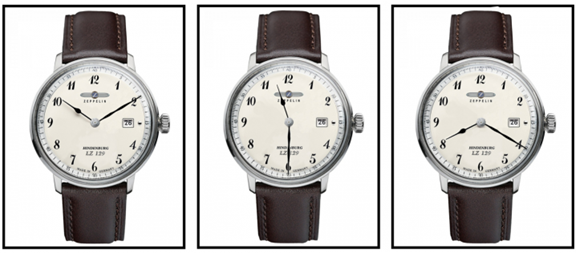
2. Sadness
Sadness is an underrated emotion, usually coupled with other emotions in the advertisement industry. Sadness helps the viewers to generate feelings of empathy which positions the viewer in the shoes of the characters being displayed in the ad. Sadness is an emotion that is generally used by brands who want to garner more clicks for their ad campaign.
You can see this emotion widely being used by organisations such as PETA, Donate Kart and other NGOs to drive donations & spread awareness as the main campaign goal is to generate clicks to target more donations.
3. Fear
Fear is an emotion usually used by the healthcare, pharmaceutical, and banking industries. LIC Life Insurance, in India, is known to use fear in their advertisements, often showing that life is short and that illnesses can appear out of the blue. Here’s a look at their Independence Day campaign, although meant to celebrate the day of Independence, the ad communicates the brand message clearly and thoroughly – protect yourself before the rainy day.
Fear is an emotion usually used by the healthcare, pharmaceutical, and banking industries. LIC Life Insurance, in India, is known to use fear in their advertisements, often showing that life is short and that illnesses can appear out of the blue. Here’s a look at their Independence Day campaign, although meant to celebrate the day of Independence, the ad communicates the brand message clearly and thoroughly – protect yourself before the rainy day.
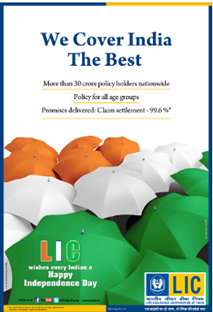
4. Anger
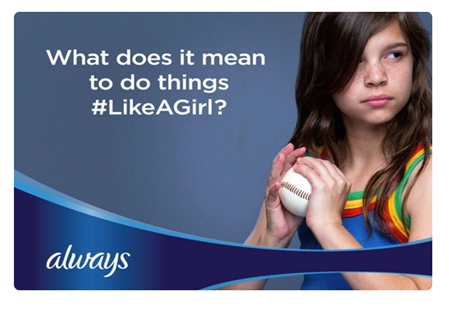
Anger is a negative emotion and brands usually use Anger to invoke a new sense of perception and to raise awareness about political and socioeconomic issues. Anger when used properly can be a key element in making the ad campaign receive high engagement and views. Anger is visibly seen in this Always ad campaign.
This ad discusses the stereotypes society has created for ‘girls’ and Always challenged that notion here.
There is nothing as impactful as an emotion like anger which induces anxiety and rage in audiences which makes them want to watch or rewatch the ad to be inspired or to change the narrative. Brands use anger in their viral marketing campaigns to take a stance on said political or socioeconomic issues.
Other emotions usually coupled with the above include Disgust, Surprise, and Elation.
The elements that contribute to the emotional profile of an advertisement
1. Colours
Colours play an important role not just in branding, it also represents how viewers associate with the ad and what emotions it represents for them. We’ve covered the real power of colours in brand perception, let’s understand how these play a role in an emotional advertisement.
- Red: Red is used to denote Love, Passion, Anger, Danger and power. However, brands might use these emotions in a contrasting way. For example, Coke uses the colour Red to evoke emotions of love and passion whereas organizations like Red Cross use red to denote danger and label warnings.
- Yellow: When you think of the colour yellow, you are taken to a summer day filled with Happiness, Joy, and Enthusiasm. Brands like McDonald’s use yellow to associate the same feeling of joy and happiness with their brand. However, brands like Yellow Pages and Post It have a very professional tone of voice which is more informative & educative.
- Green: Green represents Nature, Growth, and Stability in colour psychology. Brands like Woodland and Land Rover use green to talk about the adventures in nature and how their products allow consumers to experience the same. Whereas brands like Rolex use green to represent growth, stability, and luxury.
- Blue: Blue represents feelings of Calm, Depth, Peacefulness, and Trust.Brands like HP, Salesforce, and Facebook use Blue to represent feelings of Trust and friendliness. Whereas organizations like UNICEF use blue to evoke a sense of peace & calm.
We have delved deeper on how colours play a role in brand perception here
2. Ad copy
The ad copy or script is central. It is the first point at which emotions are infused into the advertisement, be it video or display ads, the ad copy would need the right adjectives to provide adequate description, proper use of tone, font, and voice behind the narration. A mix of these elements is essential in making the advertisement rich in content. Even a compelling storyline with montages of videos to go with it can reveal a lot about the message and the brand behind it.
For example, Adidas’ Running Needs Nothing but You ad campaign shows us various people running at different stages in life with a compelling narrative of how running truly needs nothing but your will. This persuasive script along with a minimal ad copy makes for a memorable one.
3. Music
When it comes to ad creation, music is often an afterthought, its significance is absolutely understated. Music when paired with ad copy can be powerful in evoking the right emotions. Music helps in the development of the storyline in terms of the ad’s climax as well. For example, let’s look at an emotional Mother’s Day campaign such as Mom Strong by Sickkids.
It has very little ad copy but a montage of mothers struggling to stay hopeful for their sick children and some even grieving the loss of theirs. The music is sombre, almost haunting to mimic the horrors the mothers face daily. Here, music is used to create suspense when the ad film reaches its climax, you can see a sudden shift of negative emotions to positive ones for their children with a change in the background score in the ad above
Brands are also known for their choice of peppy tunes in their ads such as Levis, Cadbury, Coke, and many more. We have dived deep into how to pick the right music for your ad here.
4. Human Presence
Human presence can be used to express the emotions the consumer is feeling, to mirror while looking at the advertisement. Think of any sale display ads, you can see that the models/characters in the ad express shock or excitement to denote what the consumer will feel when they are reading the ad copy. This mirroring effect triggers an emotional response in the consumer making them purchase a product to feel as ecstatic as the humans present.
On the contrary, take a look at this ad by Kinder. Kinder chocolate egg is banned in the USA and they released a set of ads with an organization called Moms Demand Action that protests against gun violence in the USA.
We are able to feel the fear and emote anger while looking at this display ad, something the moms from Moms Demand Action feel.
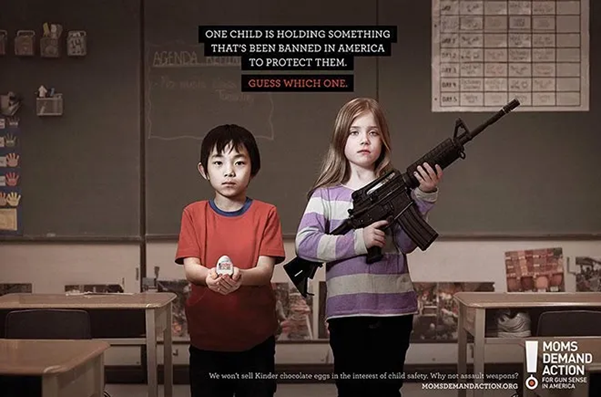
Effective Visuals for Emotional Storytelling
Combining the above four contributors with stellar visuals make for an effective ad. Visually appealing shots or close-up shots of the product makes the viewer more focused and engaged with the features of the product versus a landscape shot which can be easily forgettable. Shots mixed of close-ups and zoom in – zoom-out shots are key in maintaining the viewer’s attention. The recent Pepsi ad which focuses on its new logo and rebranding was shot in a way that the consumer will remember the new packaging that they see in their ad. When we analyzed the ad on our platform Incivus, the ad received a recall score of 72 which means that the ad will be remembered by the audience, particularly for its new logo and rebrand.
Emotions indeed play an essential role in making any ad effective when done right. Emotional triggers in the ad can trigger subconscious purchase desires within the consumer and can also have a lasting impression on the audience.
